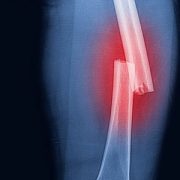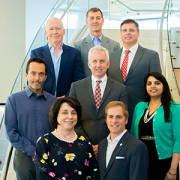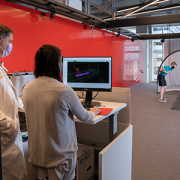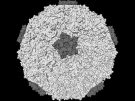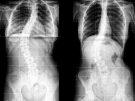POSNA grant addresses variations in femoral fracture treatment
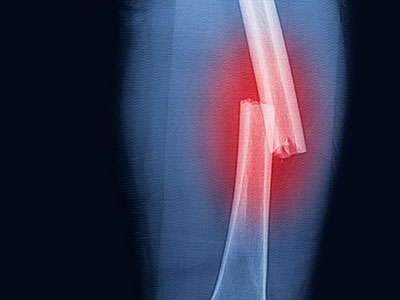
While there are plenty of options for treating pediatric femoral diaphyseal fractures, doctors don’t have a lot of specific guidance on the optimal regimen for each patient age, fracture location and fracture pattern.
Pediatric femoral diaphyseal fractures are some of the most common types of long bone fractures. There are many effective ways to treat these injuries, but unfortunately this assortment of options also leads to variations in cost and clinical outcome for patients and makes it difficult to develop clinical trials exploring the treatment of pediatric femur fractures.
To address this issue, a Children’s National research team led by Matthew Oetgen, M.D., M.B.A., Division Chief of Orthopaedic Surgery and Sports Medicine, received a $30,000 grant from the Pediatric Orthopaedic Society of North America (POSNA) to design a multi-centered, randomized, controlled clinical trial for the treatment of pediatric diaphyseal femur fractures. The team’s ultimate goal is to submit the resulting trial design to an extramural agency for study funding.
While there are plenty of options for treating pediatric femoral diaphyseal fractures, doctors don’t have a lot of specific guidance on the optimal regimen for each patient age, fracture location and fracture pattern. As a result, many treatment decisions are based on surgeon preference, regional variation in care and previous training or experience.
Another issue that arises in the treatment of diaphyseal femur fractures is the impact on the patient’s family. In general, femur fractures are caused by significant trauma that affects both the patient and the family members. On top of this, families are faced with issues such as extended hospitalization, the need for wheelchairs and walkers, pain control, missed school and secondary surgeries for removal of implants. Often, families are left to their own devices to resolve these issues, many of which are more impactful than the injury itself.
Dr. Oetgen believes that a well-planned and well-structured randomized clinical trial guided by patient and family concerns as well as expert surgical opinion has the potential to improve both treatment and care of femoral diaphyseal fracture patients.
“It is no longer good enough to design studies that only look at healing time for femur fractures,” explains Dr. Oetgen. “These injuries have such significant secondary impacts for the families of these patients, we need to determine which treatment is optimal for both fracture healing and is easiest for the families to tolerate. This grant will allow us to consider all of these outcomes in designing a study to find the best treatment for these injuries.”
To aid in the design of their clinical trial, Dr. Oetgen and his team will:
- Conduct an extensive literature review on the impact and treatment of pediatric femur fractures.
- Survey a diverse group of pediatric orthopaedic surgeons to establish areas of agreement, opposition and equipoise on the surgical treatment of pediatric femur fractures, and use that information to form a consensus opinion on the optimal design of the clinical trial.
- Solicit input from non-physician stakeholders (families, parents, payers, state Medicaid representatives, patient advocacy groups, professional organizations) on the important aspects of care in pediatric femur fracture treatment.
The team expects to have the study design competed by February 2019.


